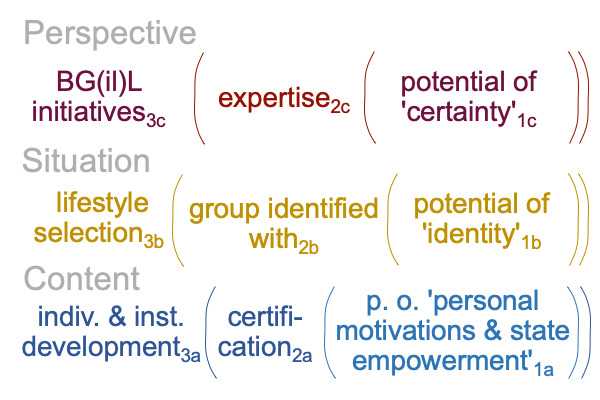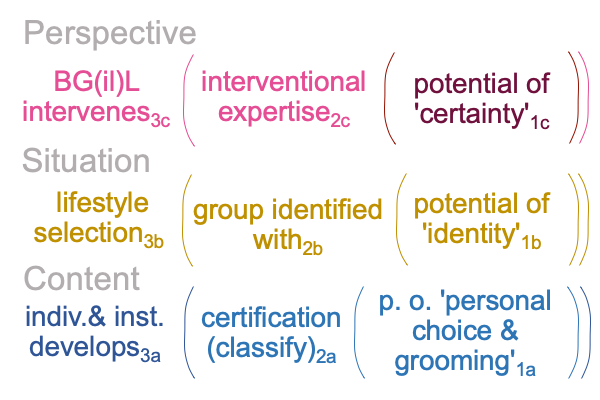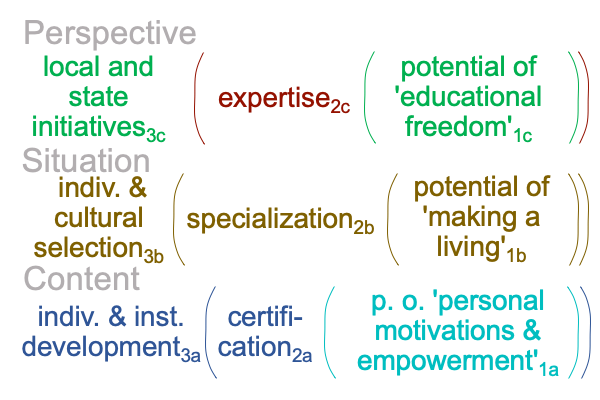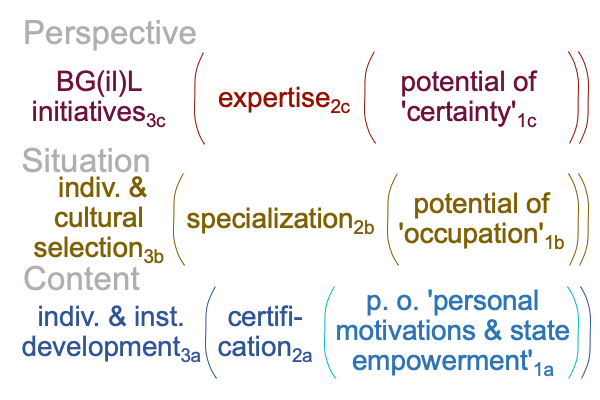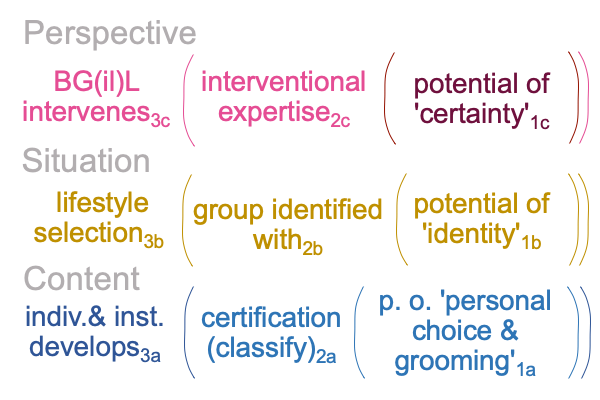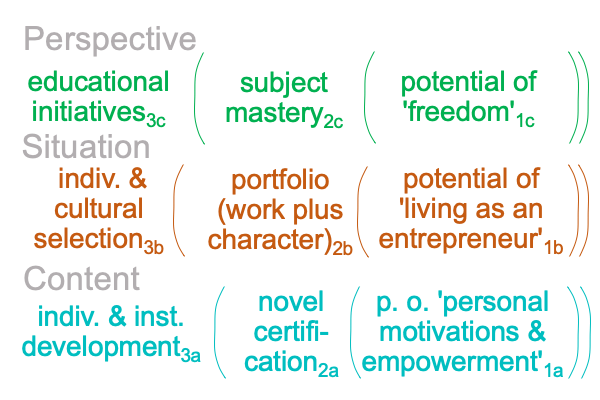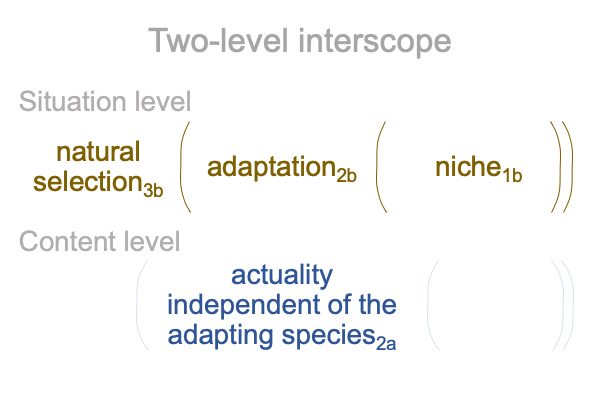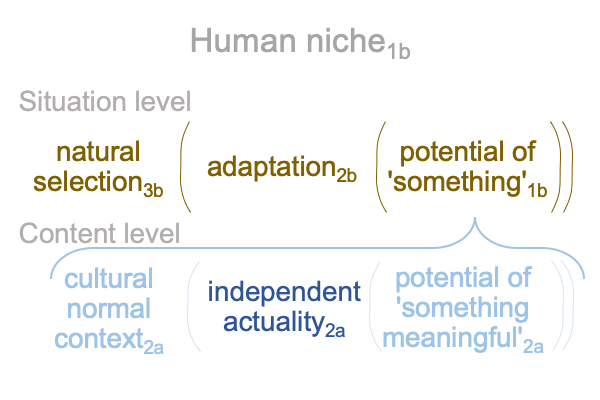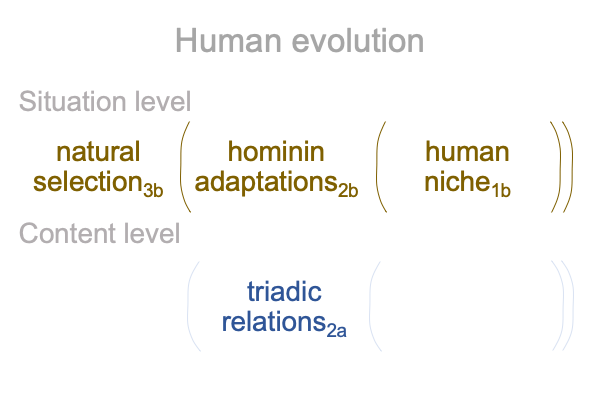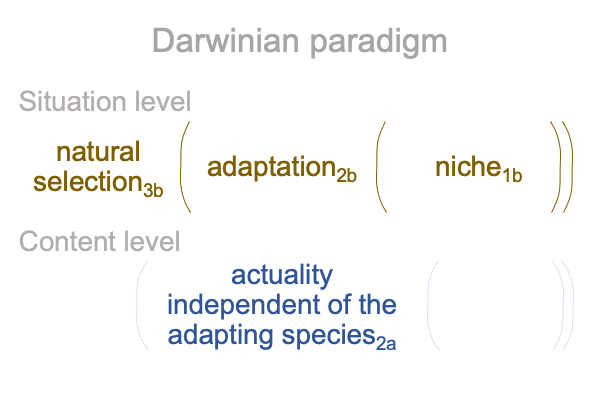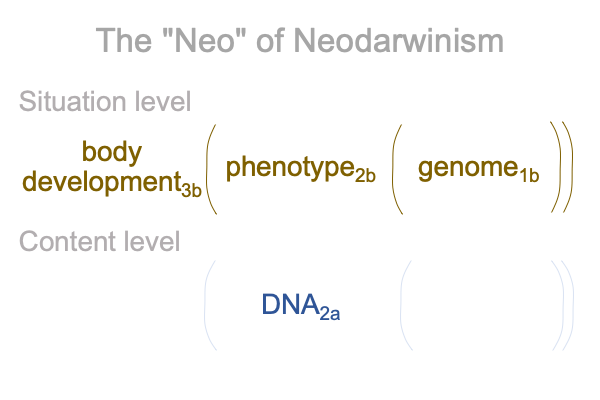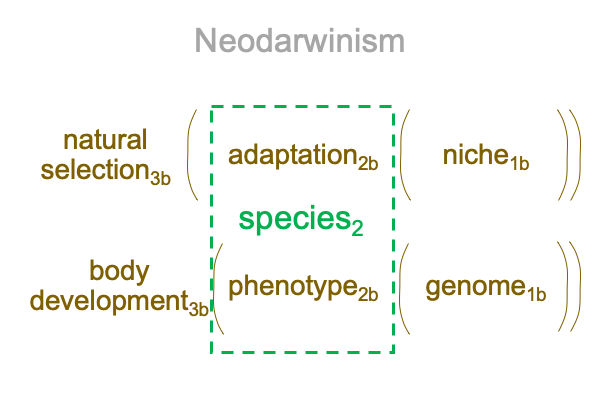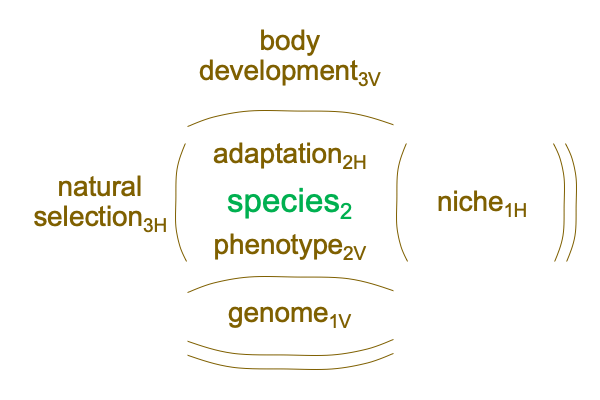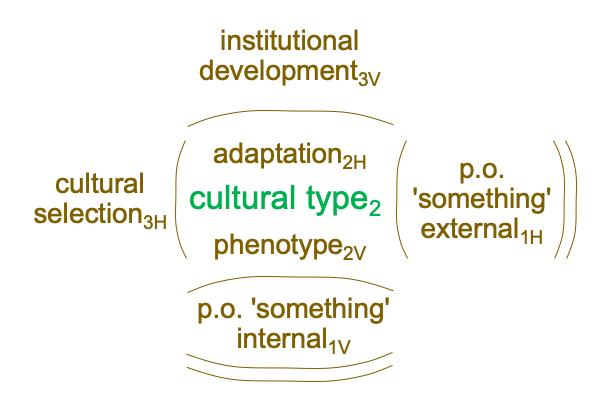Looking at Betsy DeVos’s Book (2022) “Hostages No More” (Part 5 of 8)
0028 State and local initiatives3c contextualize a perspective-level actuality2c that manifests the potential of educational freedom1c.
0029 What is freedom1c and how is it different from (il)liberalism1c?
(Il)liberalism1c maintains regulatory control while promoting the appearance of individual autonomy.
Freedom1c requires the person to take initiatives in the face of uncertainty.
0030 What do I mean by freedom1c?
The virtual nested form in the realm of potential says, “The normal context of educational freedom1c brings the actuality of one’s occupation1b into relation with the potential of ‘both personal motivations and the perspective-level normal context of educational initiatives’1a.”
What is a one word label for the perspective-level normal context of local initiatives1c projecting motivational awareness into the content-level potential1a?
Does the term, “empowerment”, apply?
0031 Uh-oh, Betsy DeVos now replaces three elements in the interscope of BG3c(il)L1c education.
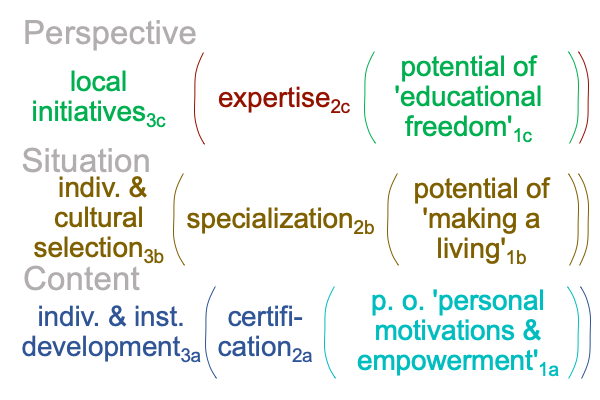
0032 Obviously, DeVos’s use of the term, “empowerment”, does not coincide with its use the normal context of big-government3c. For BG(il)L, “empowerment” conveys the illusion of individual autonomy within the (hidden) normal context of regulatory control.
0033 When a parent and a student hear the word, “empowerment”, they imagine that there is only one meaning to the term. Is that not the way that spoken words work? Words are placeholders in a system of differences. One cannot have one placeholder in two systems of differences.
Or… can one?
Obviously, the meaning of the word, “empowerment”, depends on whether the perspective-level normal context is the Department of Education’s big government3c or Betsy DeVos’s creative initiatives3c.
0034 Is this some sort of language game?
Betsy DeVos made a move, substituting a new terms in for three elements of the BG(il)L interscope.
What are her opponents, the devotees of BG(il)L, going to do?
0035 What is the opposite of freedom?
How about slavery?
Slavery is a system where every person is certain to have a job. It is the ultimate act of equal employment. Slavery is the ultimate occupation in terms of certainty, even though no one wants the jobs.
0036 What does this imply?
Freedom associates to uncertainty.
Slavery associates to certainty.
BG(il)L offers the facade of individual autonomy while retaining regulatory control.
BG(il)L offers the facade of freedom while keeping the subject a slave.
BG(il)L offers, in a world filled with uncertainty, certainty.
If you get the certificate2a, then you will get a job1b that shows that you belong to a profession2b. That is certainty1c.
BG(il)L initiatives3c cultivate certainty1c and job security1b.
Betsy DeVos’s initiatives3c create uncertainty1c and jobs that are not defined by federal regulations1b.
0037 Here is a picture of how the manipulative permanent members of the Department of Education respond to the establishment-challenging rhetoric of Donald Trump’s choice for Secretary of the Department of Education.
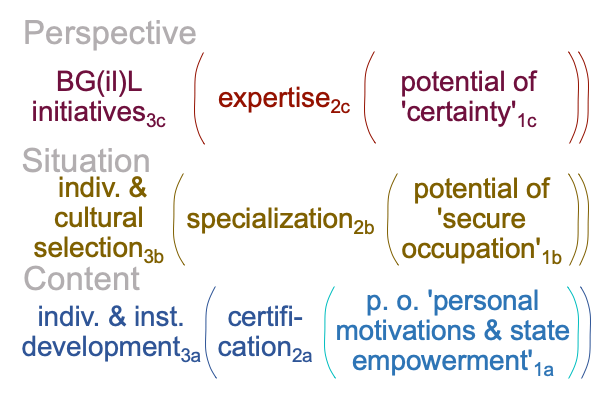
Power must be restored to the bureaucrats,.
0038 What does this back and forth imply?
In the imperial capital, it is all a game of words. Each technical term, such as “empowerment” and “freedom”, has one meaning in the interscope of BG(il)L3c and another meaning in the interscope of Betsy DeVos3c, the eleventh Secretary at the Department of Education.
0039 The three-level interscope is the game board.
Betsy DeVos makes a move.
The establishment counters.

